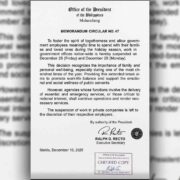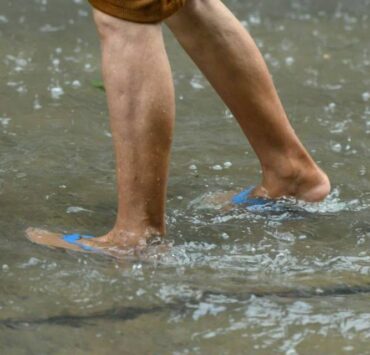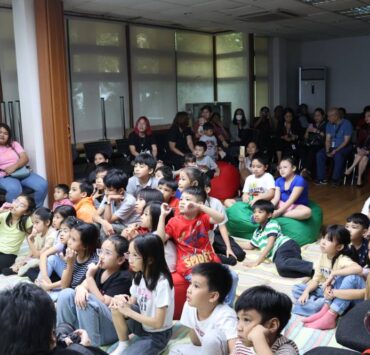Upgrade your luggage, help furnish schools
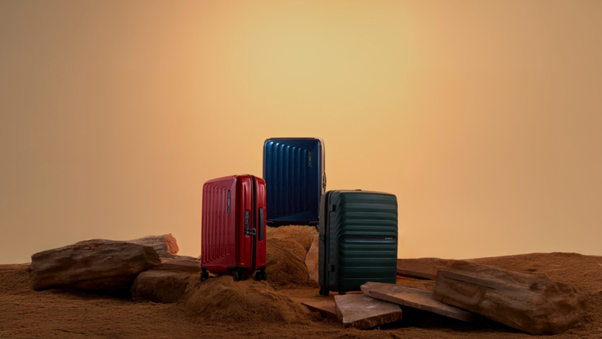
The odd school chair sat on one side of Papillon, a swanky restaurant in Salcedo Village in Makati. It’s been a long time since I’ve seen one—sturdy, squat, and stained black.
While it didn’t look any different from any old regular armchair that countless students have sat in for decades, beneath the dark coat is a different story. Instead of wood, the seat has been built using plastic flakes derived from ground-up used luggage donated through Samsonite Philippines’ luggage trade-in initiative.
The way it works, customers exchange their old bags or luggage at participating stores for an opportunity to upgrade to a Samsonite luggage (sleek Nuon, spacious Octolite Neo, or stylish-yet-accessible Varro) at 35-percent discount. These traded-in luggage are then sent to Samsonite’s recycling partner, Envirotech Philippines, a 4,000-sq m plastic recycling facility in Davao which strips down the bags, feeds them to grinding machine, melts the fine particles, and molds them to form modular school chairs.

Envirotech acting area manager Marcelino Fronda credits the passing of Republic Act No. 11898, or the Extended Producer Responsibility Act of the Philippines, in 2022 for getting more major companies involved in recycling, with the law requiring them to take full responsibility throughout the life cycle of plastic products—including efficient waste management, waste reduction, recovery and recycling, and development of environment-friendly products.
But while the trade-in program was launched in 2023, Samsonite Philippines country manager Michael Corpuz said they were actually ready to kick it off on March 2020 (“We all know what happened from there”). It took them another three years to restart, encouraged by revenge tourism.
Far-flung schools
According to him, these chairs are then sent to far-flung schools in dire need of additional support, like Labo Elementary School in Marinduque and Talimundoc Elementary School in Bataan.
“When we did our research, you cannot imagine how schools in the outskirts are. Sometimes, they don’t even have classrooms. Totoo pala ‘yun,” he told Lifestyle. “Even those with classrooms, sometimes their chairs are not fit for them.”
The converted armchairs, Corpuz was happy to report, are not only comfortable but also durable.
“One school chair is solid, weighing 30 kg each,” shared Fronda, adding that it can last 15 years (although the warranty is up to 20). “The heavier it is, the sturdier it is.”
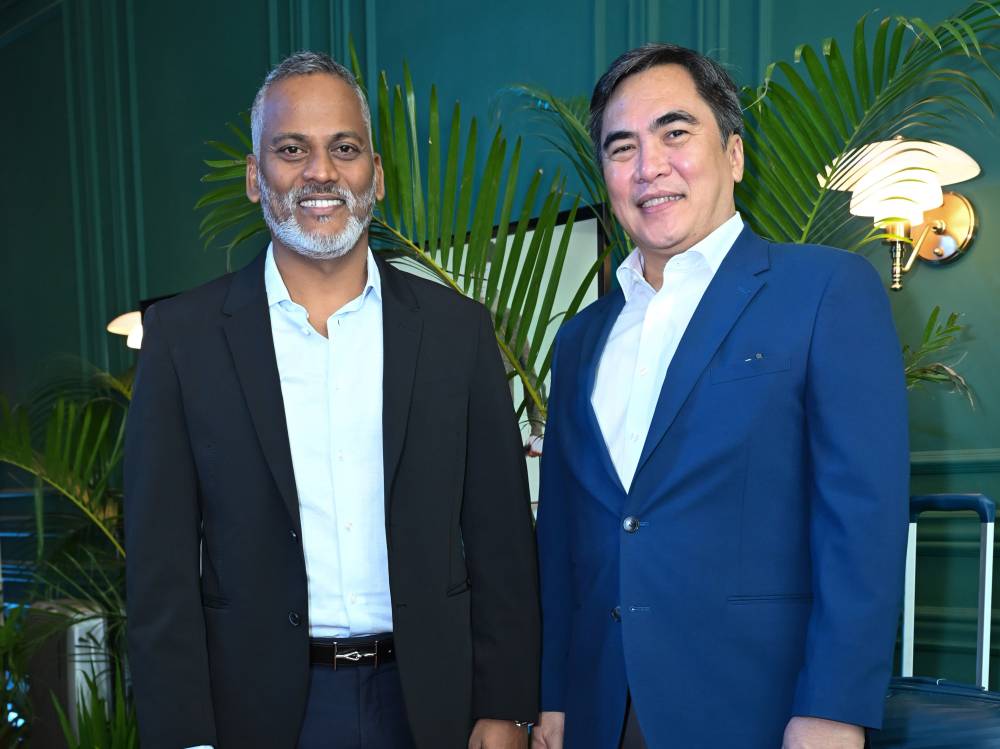
Being made of plastic, the chairs are able to withstand wear and tear better than wood. In addition to that, their heftiness make it more difficult to get washed away in case of flooding. And since they are collapsible, when a certain part gets damaged, Fronda pointed out that their company can easily replace it.
For the past three years, aside from contributing to the reduction of landfill- and ocean-bound plastic wastes, Corpuz said the program has been estimated to have saved around 100 trees. Moreover, as part of the initiative, Samsonite also donates P100 to the World Wide Fund for Nature for every bag traded in.
While sustainability is such an important part of the organization, Samsonite Southeast Asia vice president Satish Peerubandi admitted they didn’t really think so much about it in the early days.
Sustainability
Their intention, he said, was to make their luggage more durable, which led to them unknowingly championing the sustainability cause.
“When you buy Samsonite luggage, you all know—in fact, that’s a problem for us in our business—our customers don’t come back to us so soon,” he said, laughing.
Surprisingly enough, the trade-in initiative stemmed from customers not throwing their luggage away. “We thought we would dispose of them responsibly. So you bring the luggage and buy a new one,” he added.
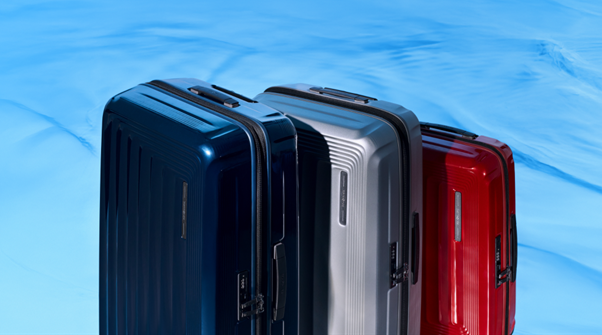
The luggage trade-in program has become part of Samsonite’s extensive sustainable journey. For the past couple of years, Samsonite has been using 100-percent renewable electricity across their owned and operated retail stores, as well as manufacturing and distribution facilities and offices. Additionally, repair service centers across the world have been ensuring longevity of their products for decades.
The brand has been incorporating recycled materials into their products for years. In fact, approximately 47 percent of its net sales last year came from these.
“We even have a store, retail store, which is made out of sustainable material,” Peerubandi said, adding that they simply are not “in the business of use and throw.”
The Samsonite Luggage Trade-in campaign is ongoing until June 30 at participating stores: Greenbelt 5, Solaire, Okada Manila, Shangri-La Plaza, SM Mall of Asia, SM Megamall, Glorietta 3, SM North Edsa, TriNoma, Robinsons Magnolia, Paseo de Sta. Rosa, Outlets at Lipa, SM Southmall, SM Clark, Ayala Cebu, SM Makati, SM North Edsa, SM Mall of Asia, SM Megamall, SM Aura, SM Davao, SM Cebu, SM Pampanga, Rustan’s Makati, Rustan’s Shangri-La, Rustan’s Alabang, Rustan’s Gateway, Rustan’s Cebu, Landmark Makati, Landmark Trinoma, Landmark Manila Bay, Robinsons Ermita, and Spatio Mall.
Visit samsonite.com.ph for more details.












